Think your garden soil is too dry, sandy, hard, or just plain lifeless? Don’t rush to replace it—let the right plants do the hard work for you. Some plants are more than just pretty or productive—they’re natural soil doctors, quietly improving your garden’s foundation with every leaf, root, and bloom.
These aren’t miracle cures or hard-to-find species. In fact, many are easy-to-grow herbs, flowers, and cover crops that look great while replenishing nutrients, breaking up compacted soil, or even pulling toxins from the ground. And the best part? You don’t have to do anything special—just plant them, and let them work their magic while they grow.
Here are 16 plants that improve bad soil all by themselves, so you can spend less time fighting your dirt—and more time enjoying your garden.
Clover

Clover, often seen as a mere weed, is a secret ally in soil improvement. Its roots host nitrogen-fixing bacteria, enriching the soil with essential nutrients. This humble plant can transform barren patches into fertile ground without demanding much attention. A favorite among farmers for its ability to improve pasture quality, clover also prevents erosion through its dense root system. Beyond its practical benefits, its delicate blossoms add a touch of whimsy to any landscape. A quiet achiever, clover ensures that your garden thrives beneath its verdant leaves.
Alfalfa
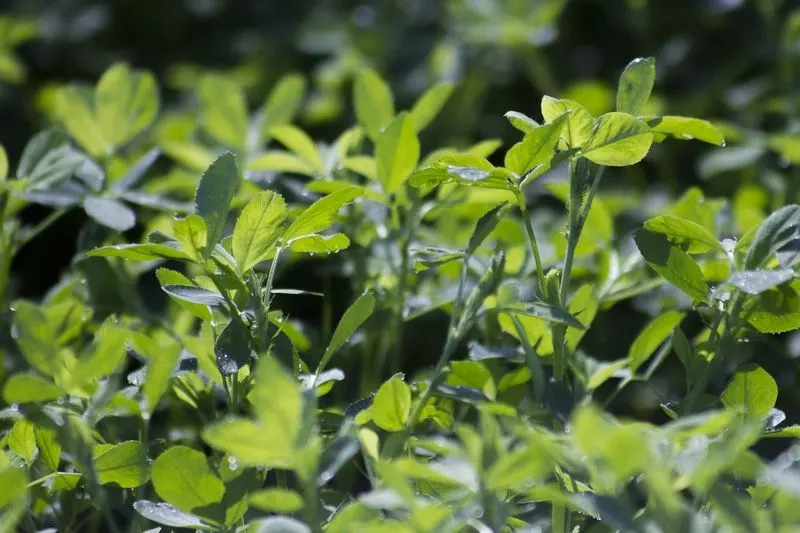
Alfalfa is a powerhouse when it comes to improving soil quality. Its deep root system penetrates hard soils, increasing aeration and enhancing water infiltration. This plant is also a nitrogen-fixer, enriching the soil with essential nutrients, boosting plant growth. Additionally, alfalfa’s extensive root network helps prevent erosion, making it a valuable ally in preserving topsoil. Its lush foliage provides organic matter, further enhancing soil structure. Farmers and gardeners appreciate alfalfa not only for its soil benefits but also for its ability to attract beneficial insects, creating a thriving ecosystem.
Comfrey

Comfrey is a gardener’s secret weapon for revitalizing poor soil. With its ability to mine nutrients from deep within the earth, comfrey enriches the surface soil when leaves are used as mulch. The plant’s hardy nature allows it to thrive in various conditions, providing continual soil renewal. Comfrey also acts as a dynamic accumulator, drawing valuable minerals like potassium and phosphorus to the surface. Thus, it provides a nutrient-rich feast for other plants. Gardeners love comfrey for its rapid growth and role in sustainable soil management.
Lupin
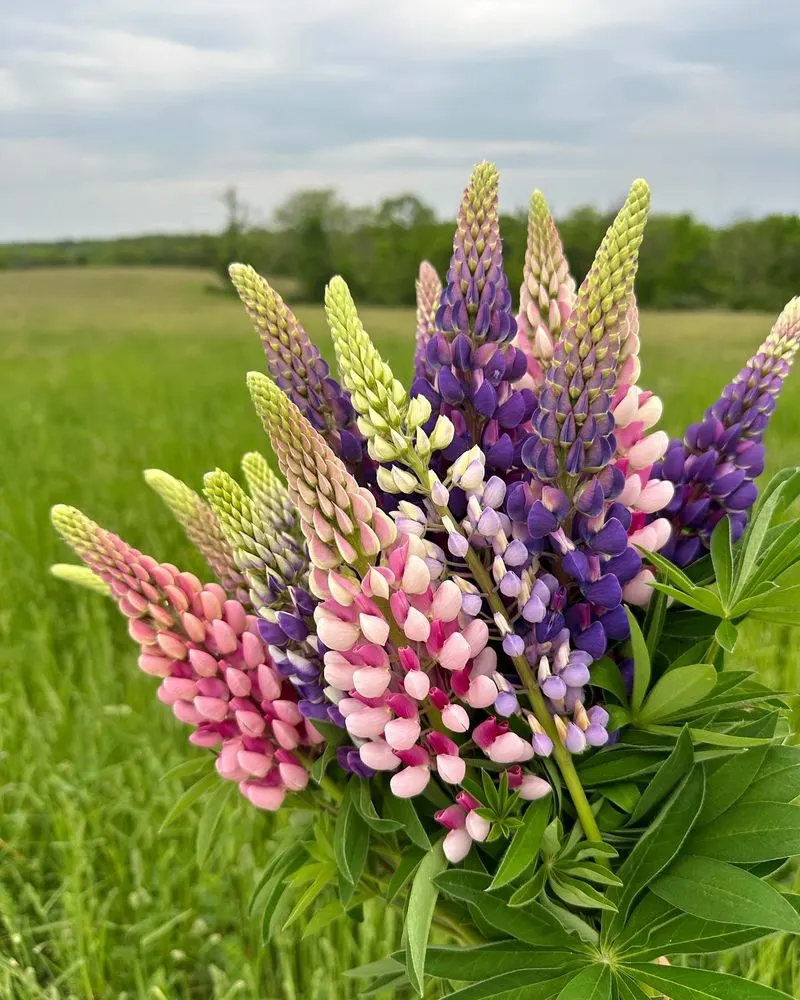
Lupins are nature’s colorful answer to soil improvement. These vibrant plants not only add beauty to gardens but also enrich the soil with nitrogen. Their ability to fix nitrogen makes them a favorite among gardeners seeking natural soil enhancements. Lupins thrive in sandy, well-draining soils, where they work their magic by improving fertility. Additionally, their deep roots break up compacted soil, enhancing its structure and promoting better water retention. Lupins are a true asset for any eco-conscious gardener looking to boost soil health naturally.
Vetch
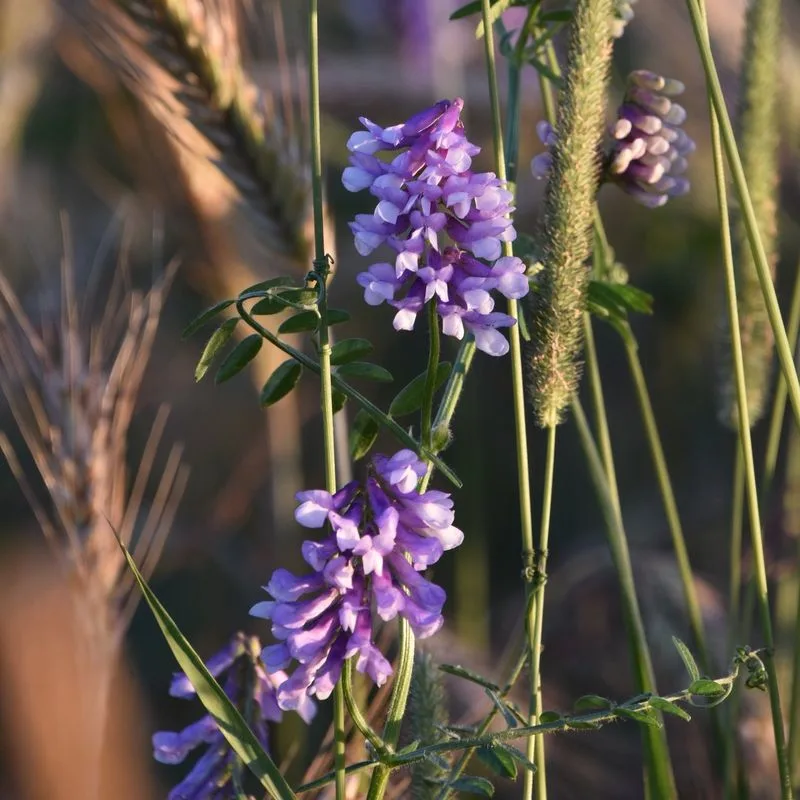
Vetch is a versatile plant celebrated for its nitrogen-fixing abilities. By partnering with soil bacteria, it enriches the ground and supports healthy plant growth. Vetch grows quickly, covering bare soil and preventing erosion, making it an excellent choice for cover cropping. Its dense foliage suppresses weeds while adding organic matter to the soil when tilled under. Furthermore, vetch attracts pollinators and beneficial insects, fostering a balanced garden ecosystem. Gardeners and farmers recognize the value of vetch as a green manure crop that enhances soil vitality.
Buckwheat
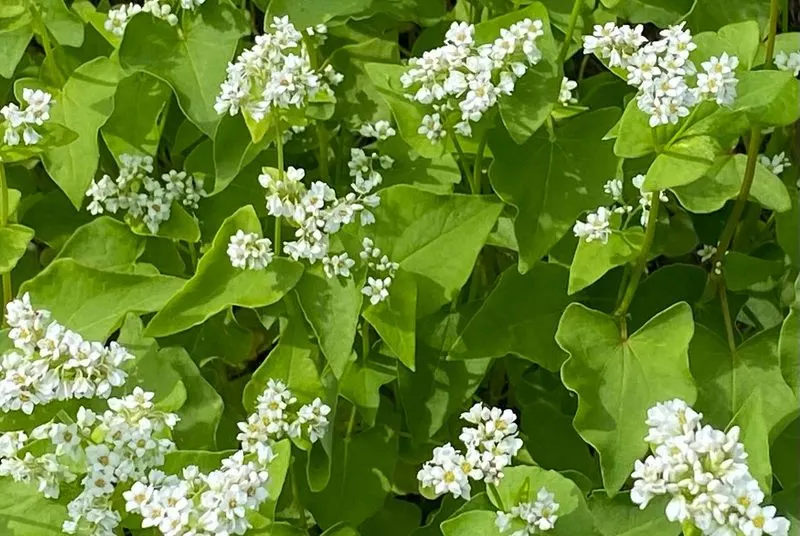
Buckwheat is a fast-growing wonder that rejuvenates tired soils. Its rapid growth smothers weeds, minimizing competition for nutrients. When tilled back into the soil, buckwheat acts as a green manure, enriching the earth with organic matter and essential nutrients. This resilient plant also improves soil structure, making it more porous and suitable for future plantings. Buckwheat attracts pollinators like bees, enhancing biodiversity in the garden. Farmers value buckwheat for its ability to break up compacted soil and its role as a natural soil conditioner.
Red Clover

Red clover is a favorite among soil enhancers, known for its remarkable nitrogen-fixing capabilities. This leguminous plant partners with rhizobia bacteria to enrich the soil with nitrogen, boosting plant growth. Its deep roots improve soil structure and permeability, preventing erosion and promoting water infiltration. Red clover also serves as a valuable cover crop, protecting soil from harsh weather conditions while suppressing weeds. Its vibrant flowers attract pollinators, ensuring a healthy garden ecosystem. Farmers and gardeners value red clover as a natural soil restorer.
Daikon Radish

Daikon radish is an innovative solution for compacted soils. Its long taproot penetrates deeply, breaking up hardpan and improving soil aeration. As the radish decomposes, it adds organic matter, enriching the soil with nutrients. This process enhances soil structure and facilitates better root growth for subsequent plants. Daikon radish is often used as a cover crop to prevent erosion and suppress weeds. Its rapid growth and deep-rooting capabilities make it a valuable tool for soil improvement in sustainable farming systems.
Hairy Vetch
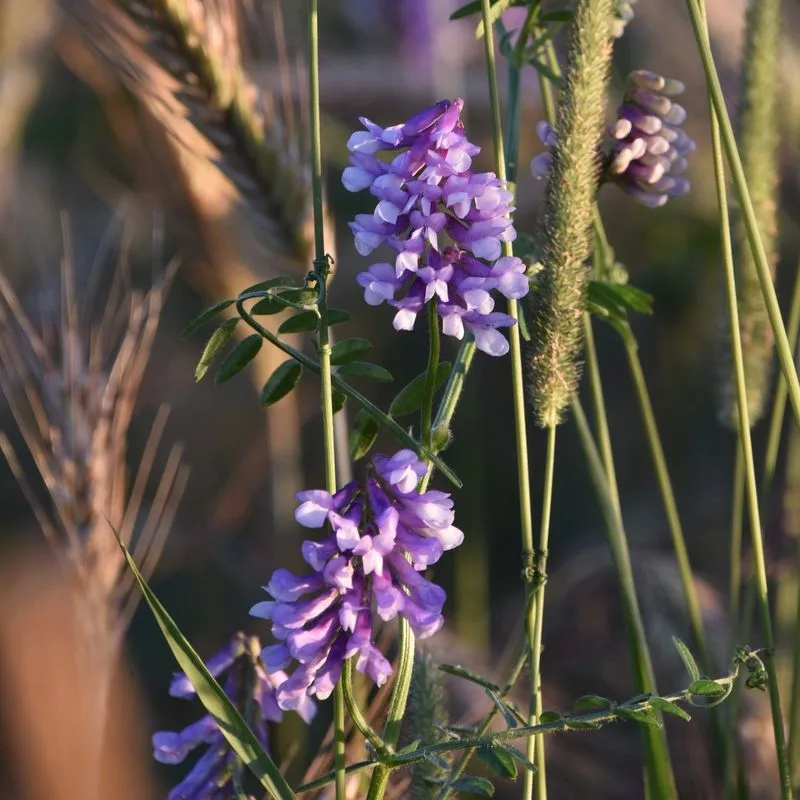
Hairy vetch is a remarkable legume known for its nitrogen-fixing prowess. This resilient plant thrives in diverse soil conditions, enriching the earth through its symbiotic relationship with nitrogen-fixing bacteria. Hairy vetch’s dense foliage suppresses weeds, while its rapid growth covers bare soil, preventing erosion. When incorporated into the soil, it adds valuable organic matter, boosting fertility. Gardeners appreciate hairy vetch for its versatility and its ability to attract beneficial insects, creating a thriving garden ecosystem.
Chicory
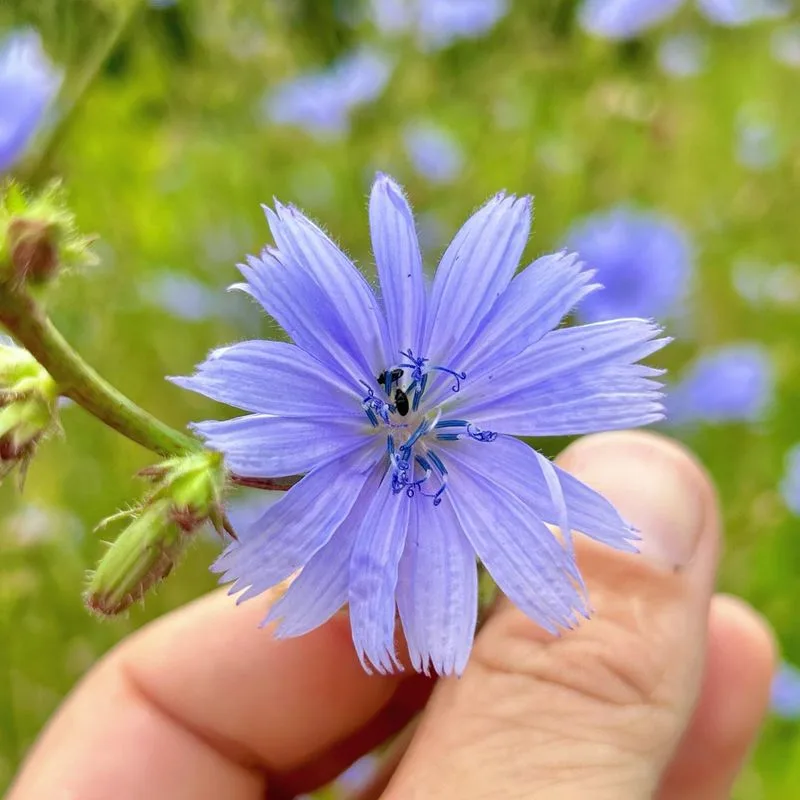
Chicory is a deep-rooted wonder that brings life to depleted soils. Its robust taproot breaks through compacted layers, improving soil aeration and drainage. Chicory’s leaves, when decomposed, contribute organic matter and nutrients back to the earth. This plant thrives in a variety of soil types, making it a versatile choice for soil enhancement. Chicory’s vibrant blue flowers attract pollinators, promoting biodiversity in the garden. Farmers and gardeners value chicory for its role in sustainable agriculture and its ability to restore soil health.
Sweet Clover
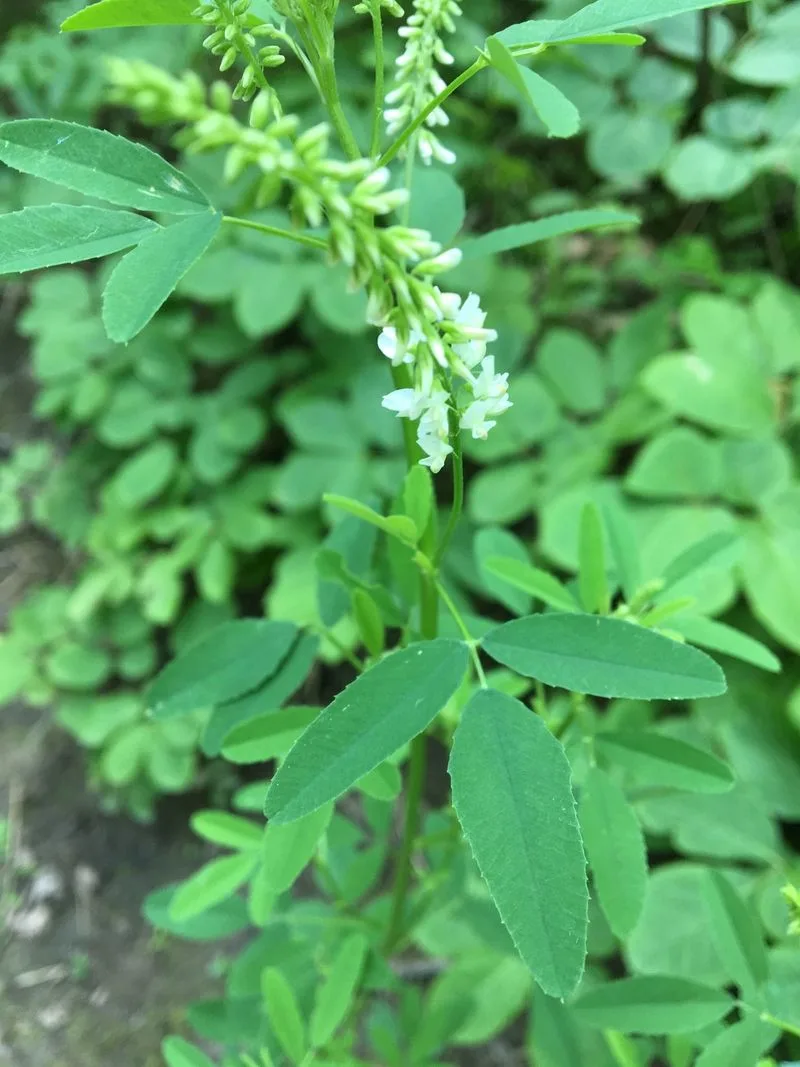
Sweet clover is a dynamic soil improver, renowned for its nitrogen-fixing abilities. It partners with bacteria to enrich the soil, promoting robust plant growth. Sweet clover’s extensive root system enhances soil structure, improving drainage and reducing erosion. When used as a green manure, it adds organic matter to the soil, boosting fertility. Its sweet-scented flowers attract pollinators, creating a vibrant garden ecosystem. Farmers and gardeners appreciate sweet clover for its versatility and its role in sustainable agriculture, ensuring healthy, nutrient-rich soils.
Austrian Winter Pea
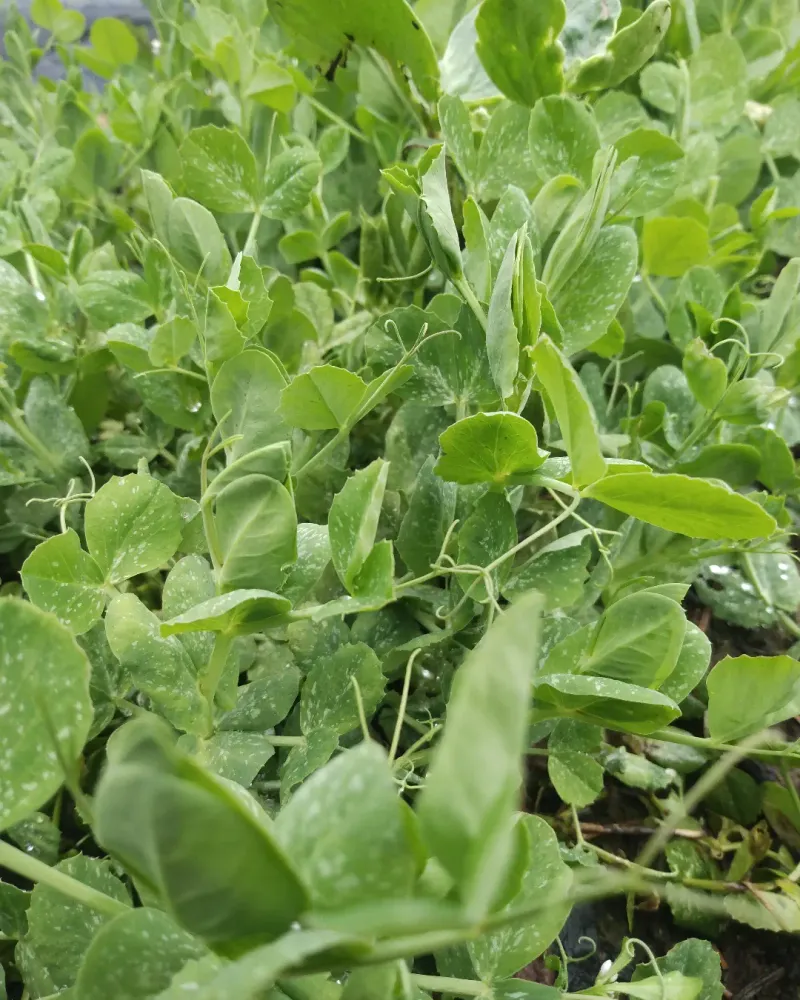
Austrian winter pea is a cool-season legume that excels at fixing nitrogen in the soil. Its vibrant green vines and delicate flowers enrich the earth, supporting healthy plant growth. This plant is often used as a cover crop, protecting the soil from erosion during colder months. As it decomposes, Austrian winter pea adds valuable organic matter, enhancing soil fertility. It is an excellent choice for sustainable farming practices, providing a natural boost to soil health. Gardeners appreciate its ability to attract beneficial insects, promoting garden biodiversity.
Field Peas
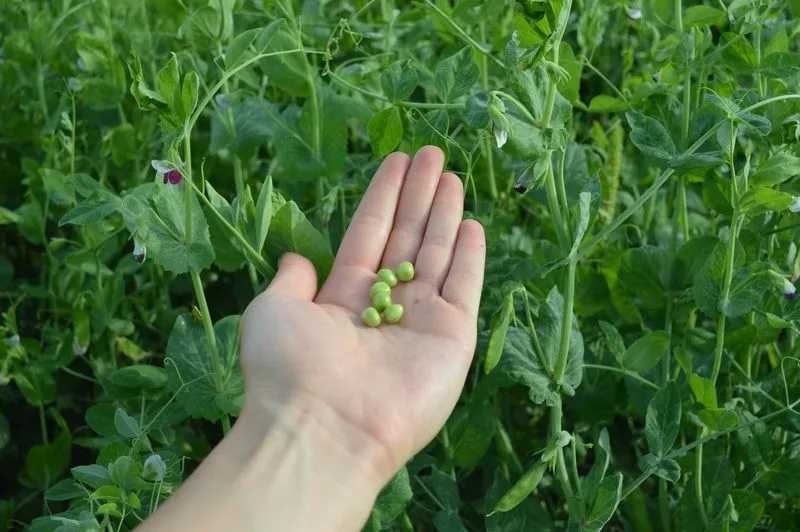
Field peas are not only a versatile crop but also a natural soil enhancer. They form a symbiotic relationship with rhizobia bacteria, fixing nitrogen and enriching the soil. Field peas thrive in various soil types, making them adaptable for different farming systems. Their dense growth suppresses weeds, while their decomposition adds organic matter, improving soil structure and fertility. Field peas are often used in crop rotation systems to restore soil health and boost yields. Farmers and gardeners value field peas for their dual role in food production and soil improvement.
Fava Beans
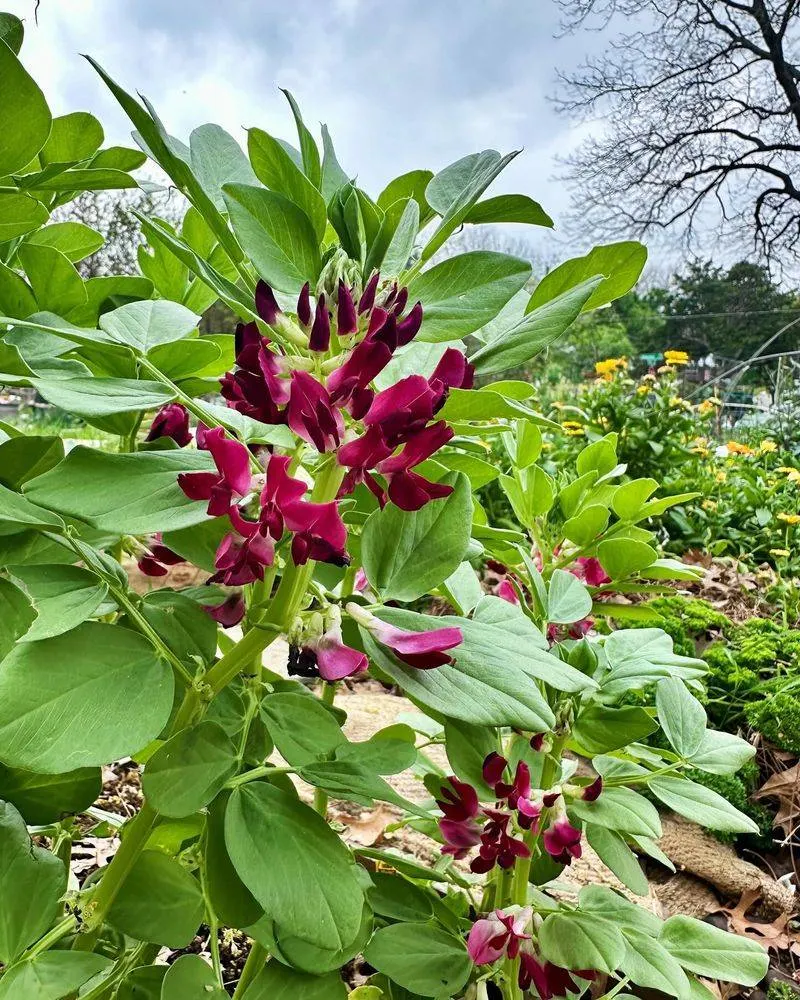
Fava beans are a gardener’s ally in improving soil quality. These legumes fix nitrogen in the soil, supporting healthy plant growth. Their robust root systems enhance soil structure, promoting aeration and drainage. Fava beans are often used as a cover crop, preventing soil erosion and suppressing weeds. As they decompose, they add organic matter, enriching the soil with nutrients. Farmers and gardeners value fava beans for their dual benefits of providing a nutritious crop and enhancing soil health. This plant is a staple in sustainable agriculture systems.
Serradella
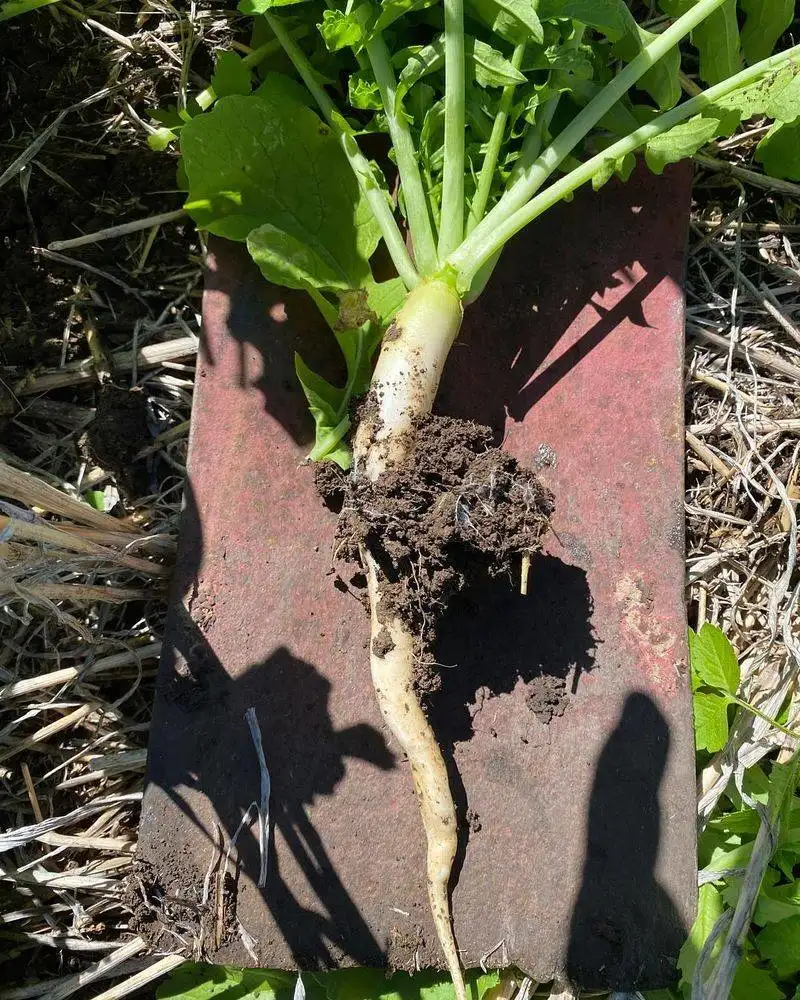
Serradella is a resilient legume known for its soil-enhancing properties. This plant thrives in sandy soils, where its nitrogen-fixing abilities enrich the earth. Serradella’s deep roots improve soil structure, enhancing its porosity and water retention capabilities. When used as a cover crop, it protects the soil from erosion and suppresses weeds. Serradella is often incorporated into organic farming practices, where it boosts soil fertility and supports sustainable agriculture. Farmers and gardeners appreciate serradella for its ability to thrive in poor soils and improve soil health.
Sun Hemp
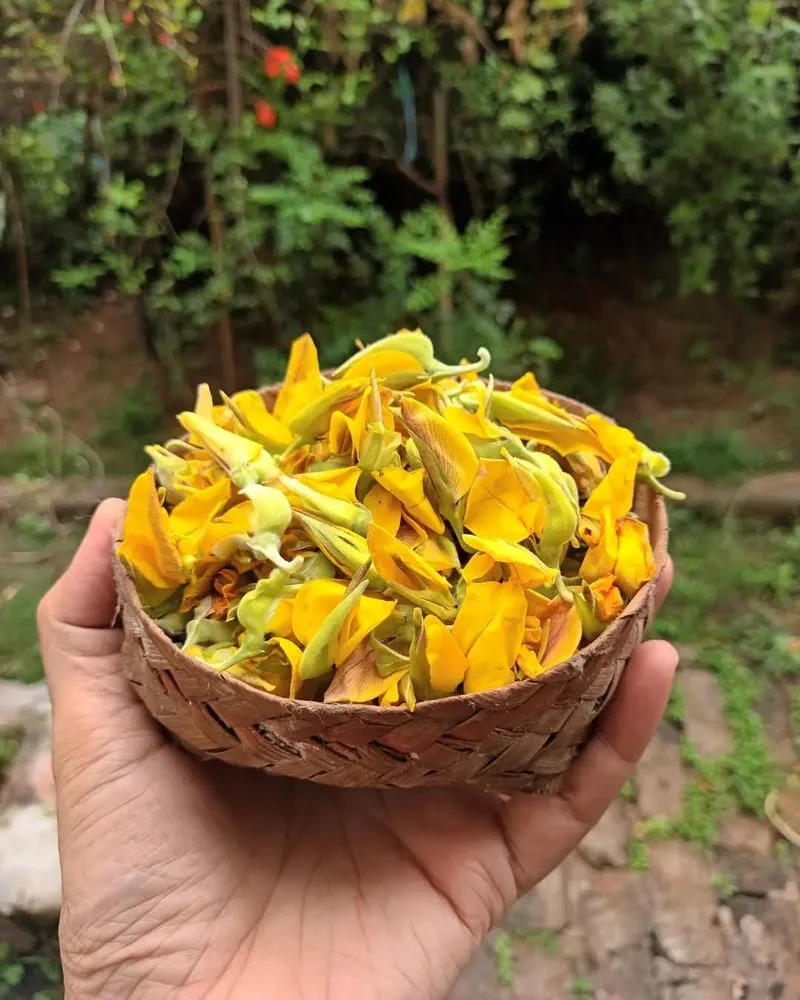
Sun hemp is a tropical legume that works wonders for soil health. This fast-growing plant enriches the soil by fixing nitrogen and adding organic matter when tilled under. Sun hemp’s robust root system improves soil structure, enhancing its aeration and water-holding capacity. Farmers and gardeners use sun hemp as a cover crop to prevent erosion and suppress weeds. Its bright yellow flowers attract pollinators, supporting biodiversity. Sun hemp is a favorite in tropical and subtropical regions for its ability to improve soil fertility and promote sustainable agriculture.

